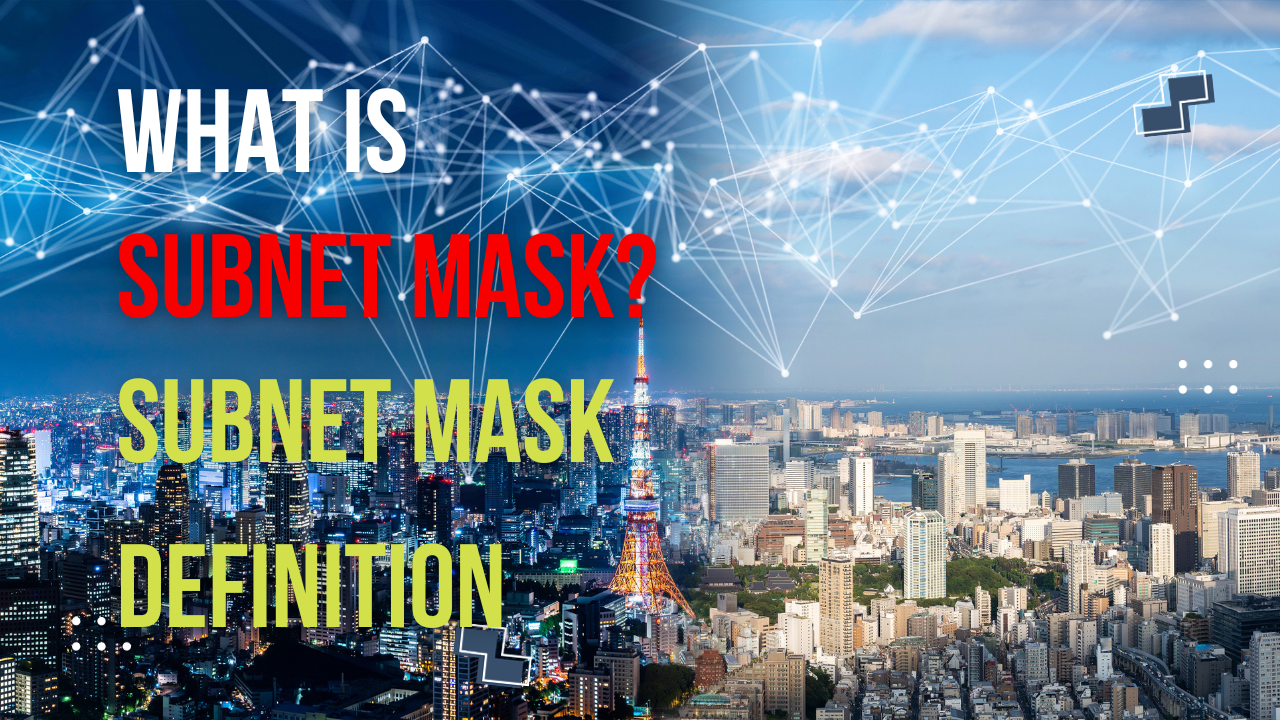Table of Contents
Subnet Masks Explained: An Extended City Analogy

Imagine a sprawling, bustling city – a vast network full of different activities and functionalities. This city represents a computer network. Now, a well-organized city isn’t just one large expanse of buildings and streets; it’s divided into various districts or zones – residential areas, commercial hubs, industrial sectors, and so on. These divisions make the city manageable and navigable. In the world of computer networking, these districts are analogous to subnets, and the city’s zoning plan that defines these areas is like a subnet mask.
Understanding Subnet Masks
A subnet mask is essentially a tool used in dividing a large network into smaller, more manageable subnetworks, or ‘subnets’. Just like a city planner uses a zoning plan to designate different areas of the city for specific purposes, network administrators use subnet masks to organize and manage different parts of a network.
IP Addresses: The Foundation
Every device connected to a network, like computers or printers, has a unique identifier called an IP address. Think of an IP address as the street address for each building in our city. It tells you exactly where a building is located. However, without a clear city plan (our subnet mask), navigating to the right building can be challenging, especially in a large, complex city.
A Closer Look: Subnetting a University Campus
Consider a large university campus with various buildings: academic halls, administrative offices, student dormitories, and recreational facilities. This campus is our ‘city’, and without proper organization, managing the flow of information and resources across this expansive network is daunting.
The Role of Subnet Masks in Organization
By implementing subnet masks, we effectively create ‘districts’ within our campus. Academic buildings are in one subnet, dormitories in another, and so on. The subnet mask acts as a guide, delineating which IP addresses belong to which subnet. This is akin to assigning postcodes to different areas in a city, making it easier to direct traffic, both vehicular and digital, to the correct area.
Benefits of Subnetting
- Enhanced Network Performance: Subnetting, much like effective urban planning, helps in reducing congestion. It ensures that network traffic is more efficiently managed and directed, preventing bottlenecks.
- Improved Security: Different areas of a city have different security needs – the same is true for a network. With subnet masks, sensitive areas of a network can have heightened security, similar to increased police presence in sensitive urban areas.
- Effective Use of IP Addresses: Without subnetting, IP addresses can be wasted. Imagine if our city assigned addresses randomly without regard to district. Many addresses would go unused, just as plots of land might be wasted without proper zoning. Subnet masks help in conserving and efficiently utilizing the available IP address space.
Practical Application: Data Routing
In practice, when data is sent within a network, it’s like sending a letter within our city. The subnet mask (our city plan) helps in determining the correct ‘district’ (subnet) for the letter (data) to go to, ensuring it reaches the right ‘building’ (device). This is especially important in large networks, where data could easily get lost or misrouted without these divisions.
Conclusion
To sum up, a subnet mask in computer networking is akin to a city’s zoning plan. It’s essential for dividing a large, complex network into smaller, more manageable and efficient segments. For someone without a background in computer networks, imagining a subnet mask as a city planner’s tool for dividing the network into different ‘districts’ can offer a clear and relatable understanding of its purpose and importance. This division not only makes management of the network simpler but also improves overall efficiency, security, and effective utilization of resources, akin to how a well-planned city operates.




